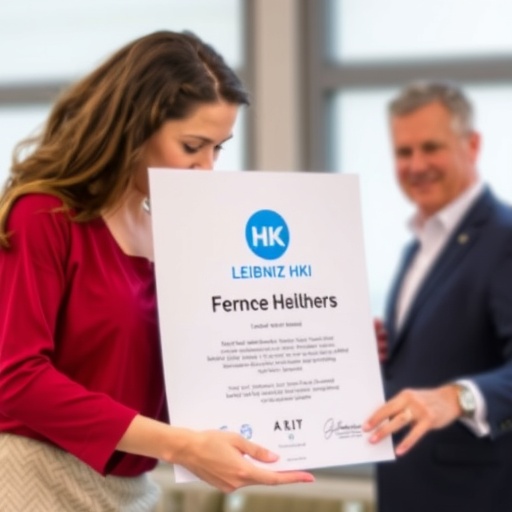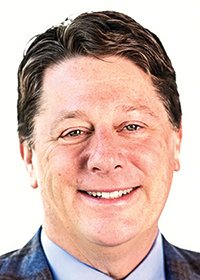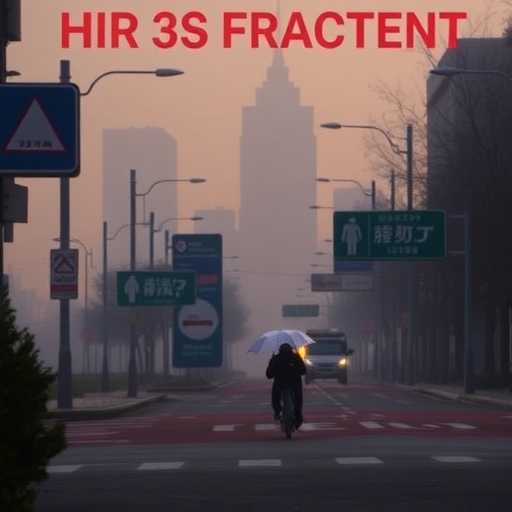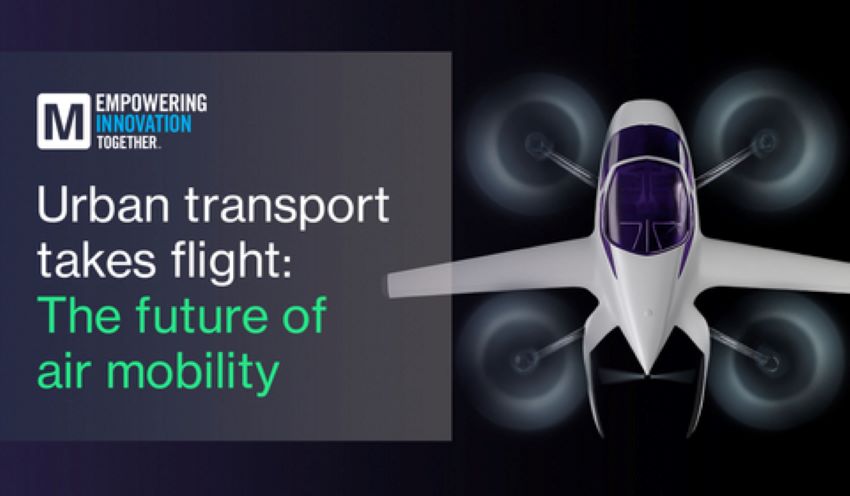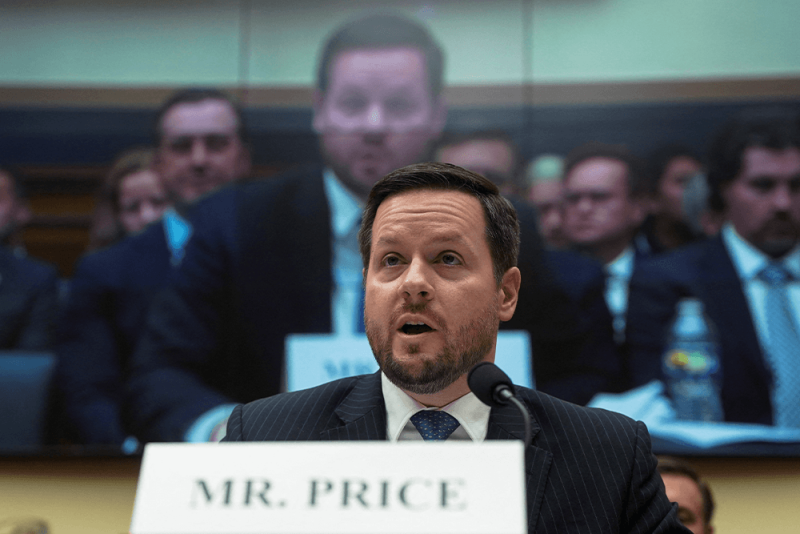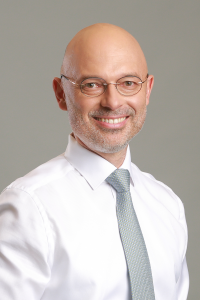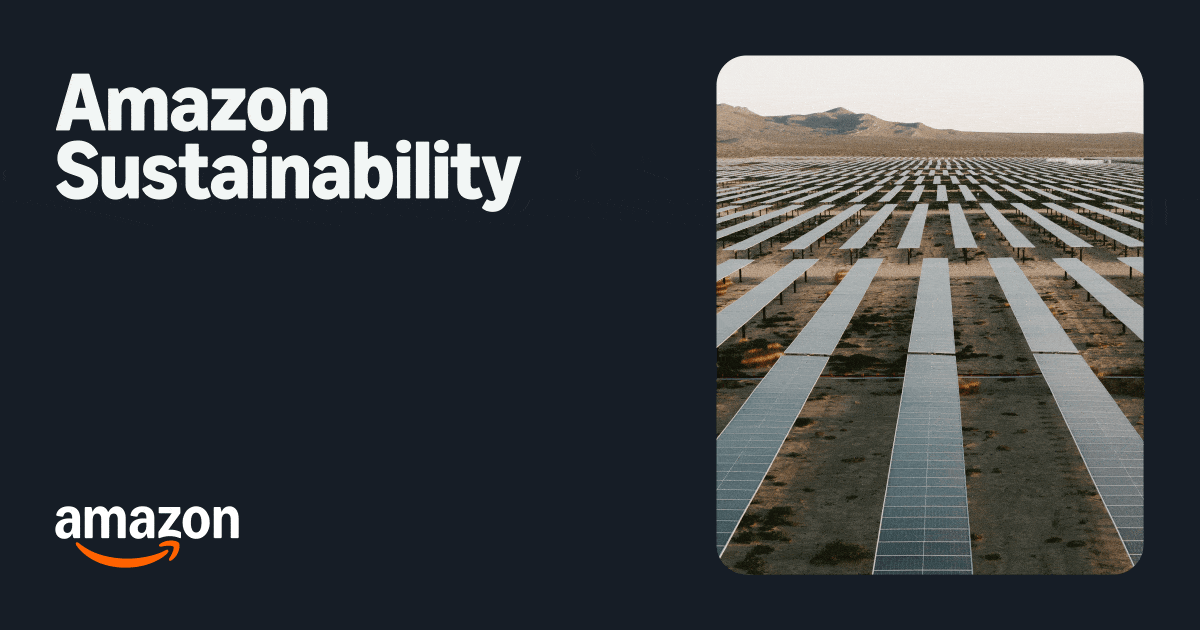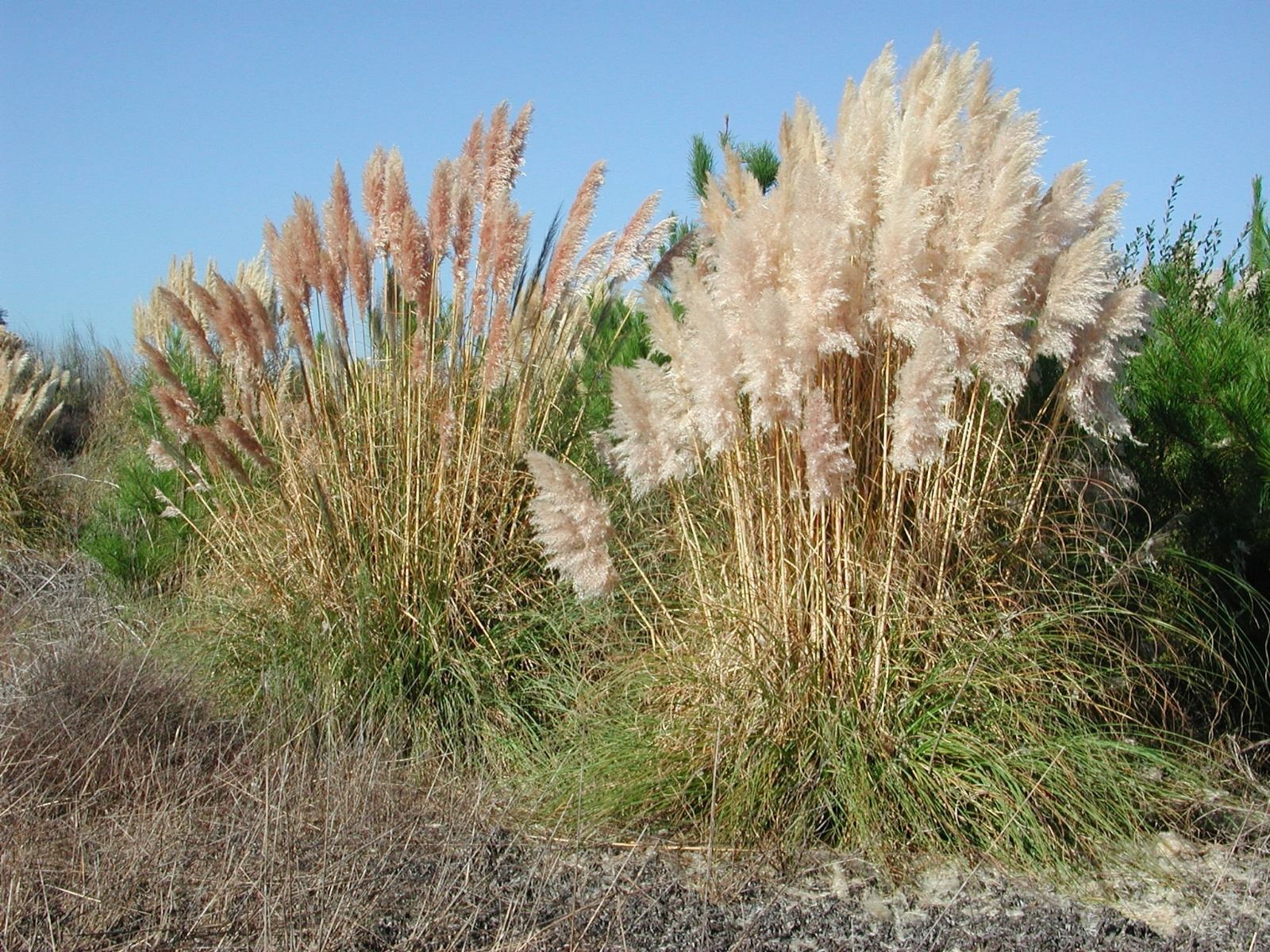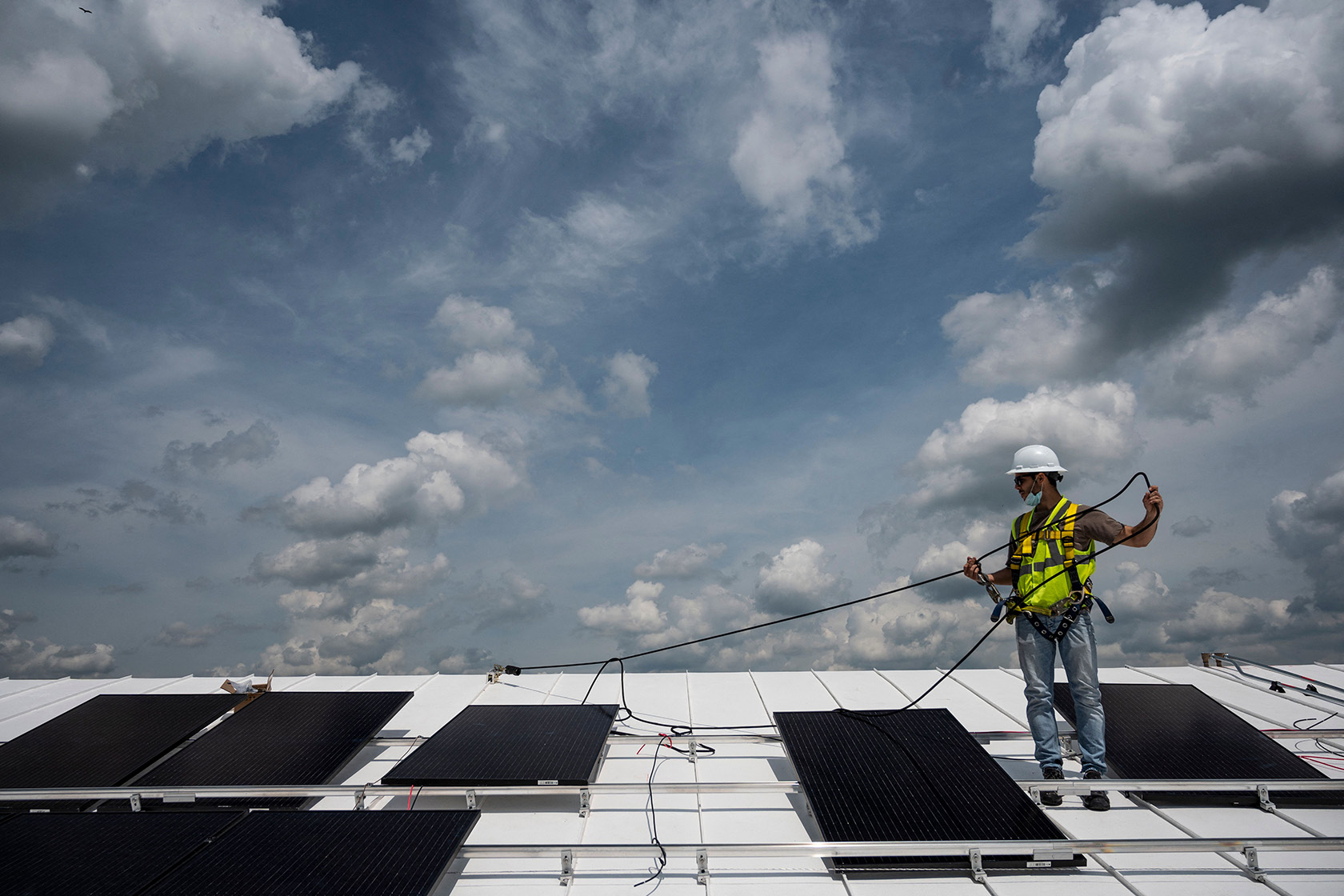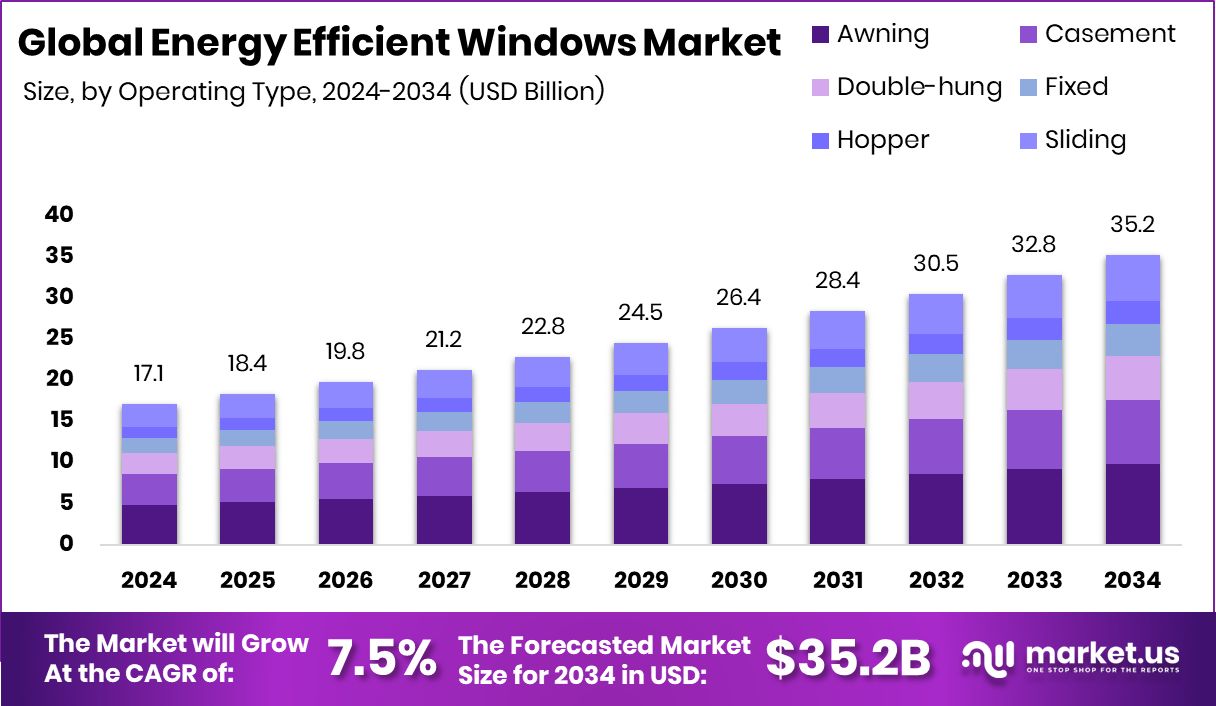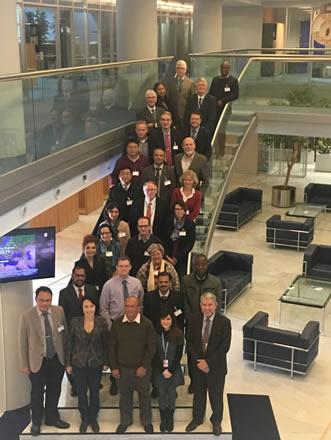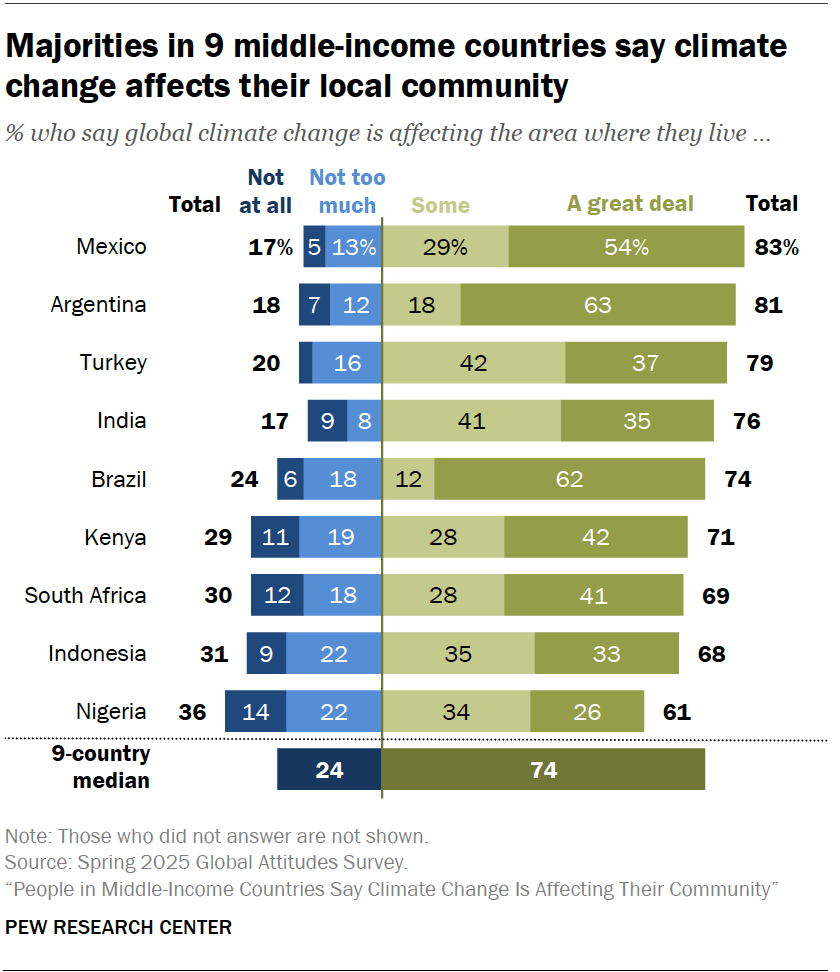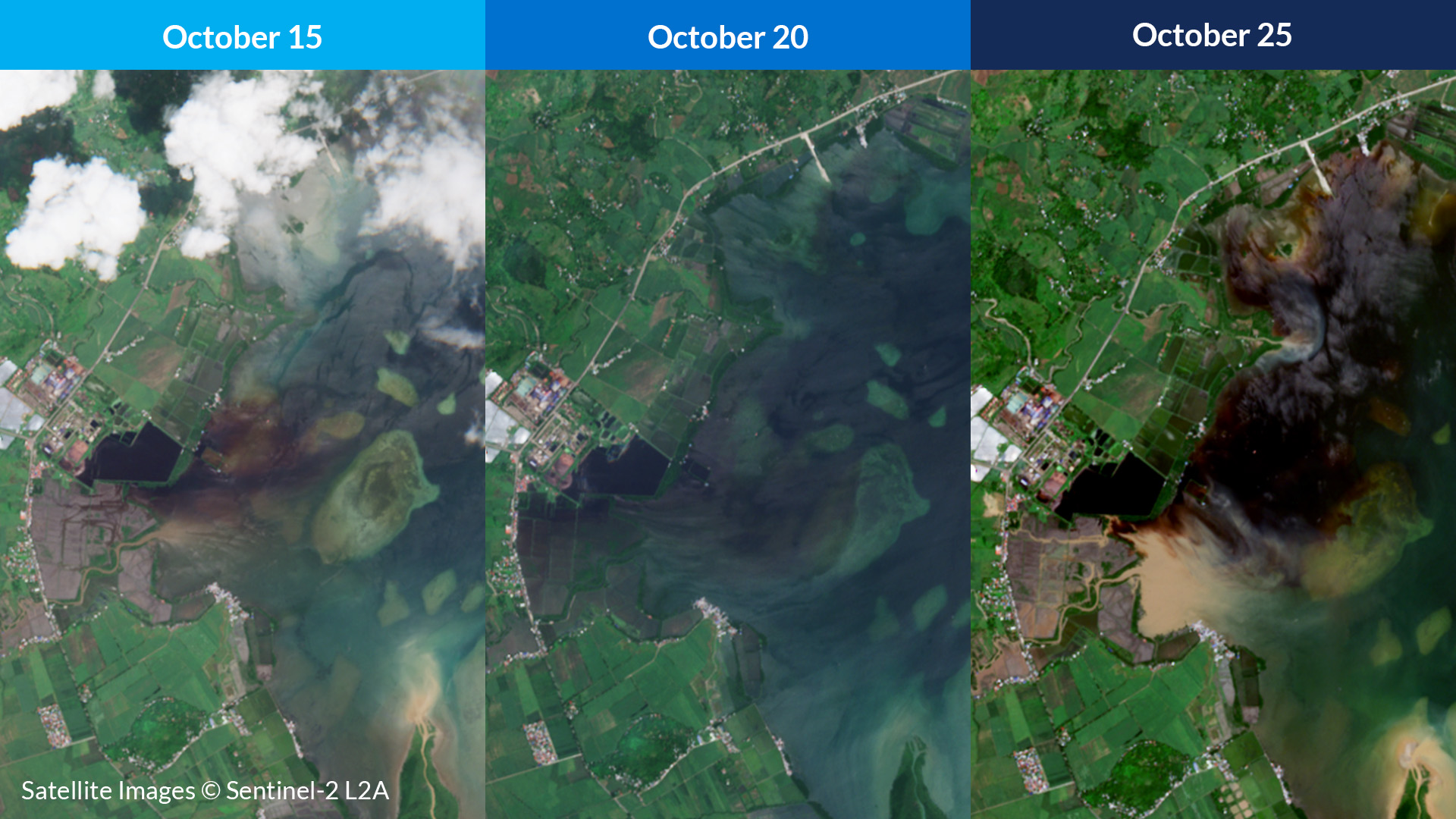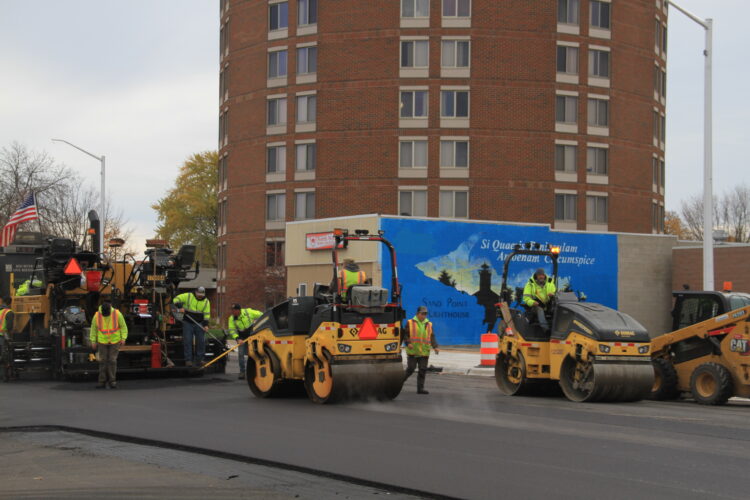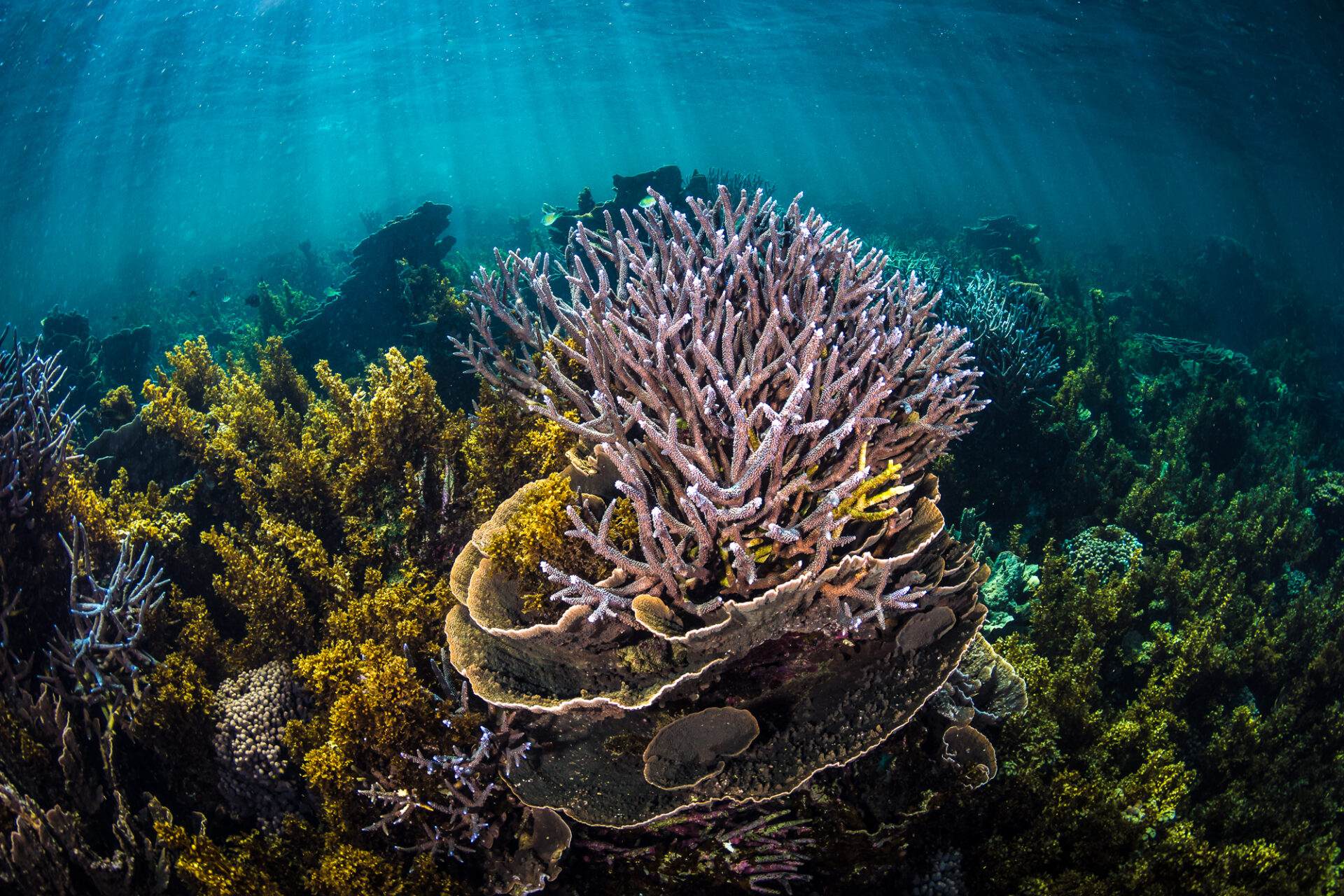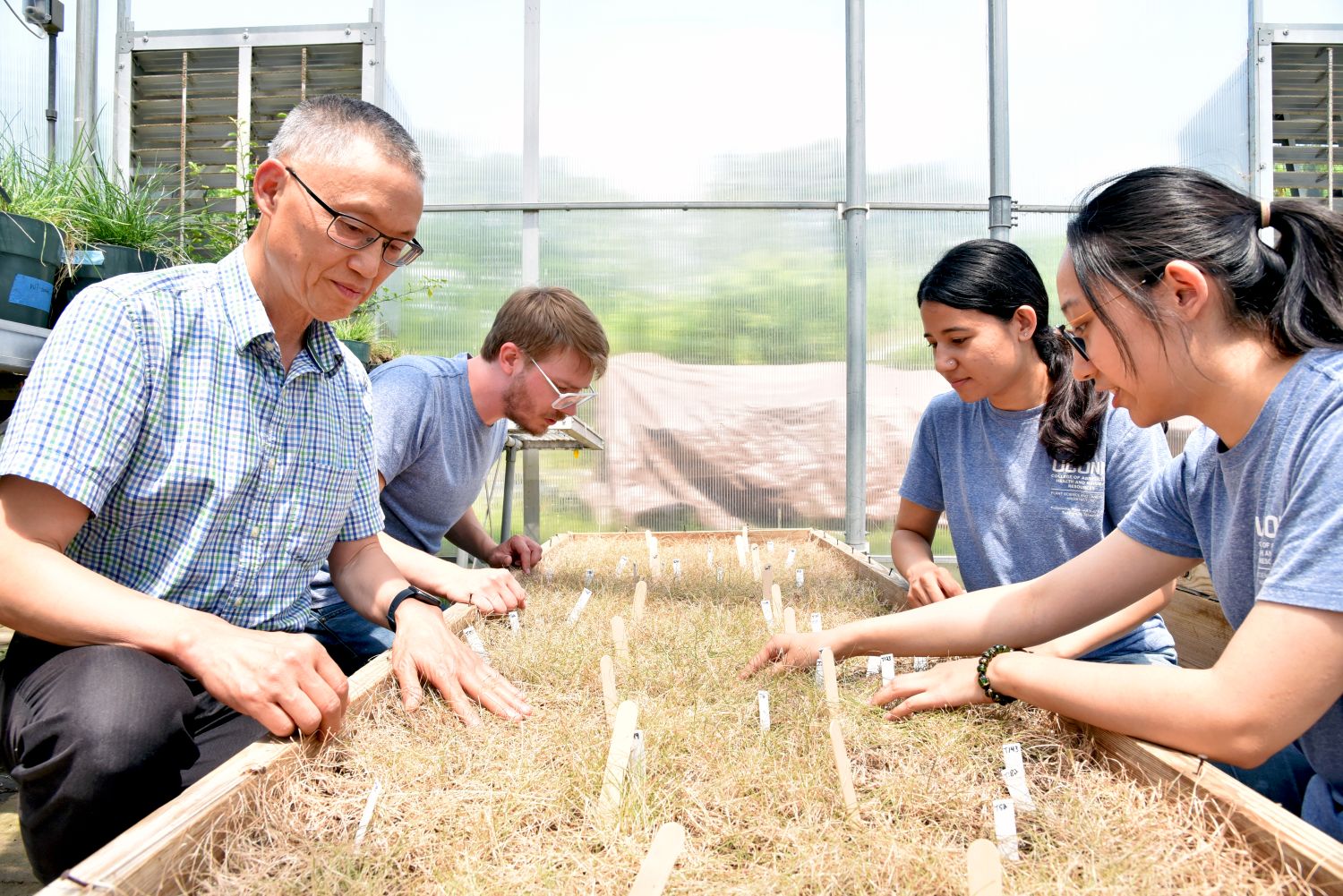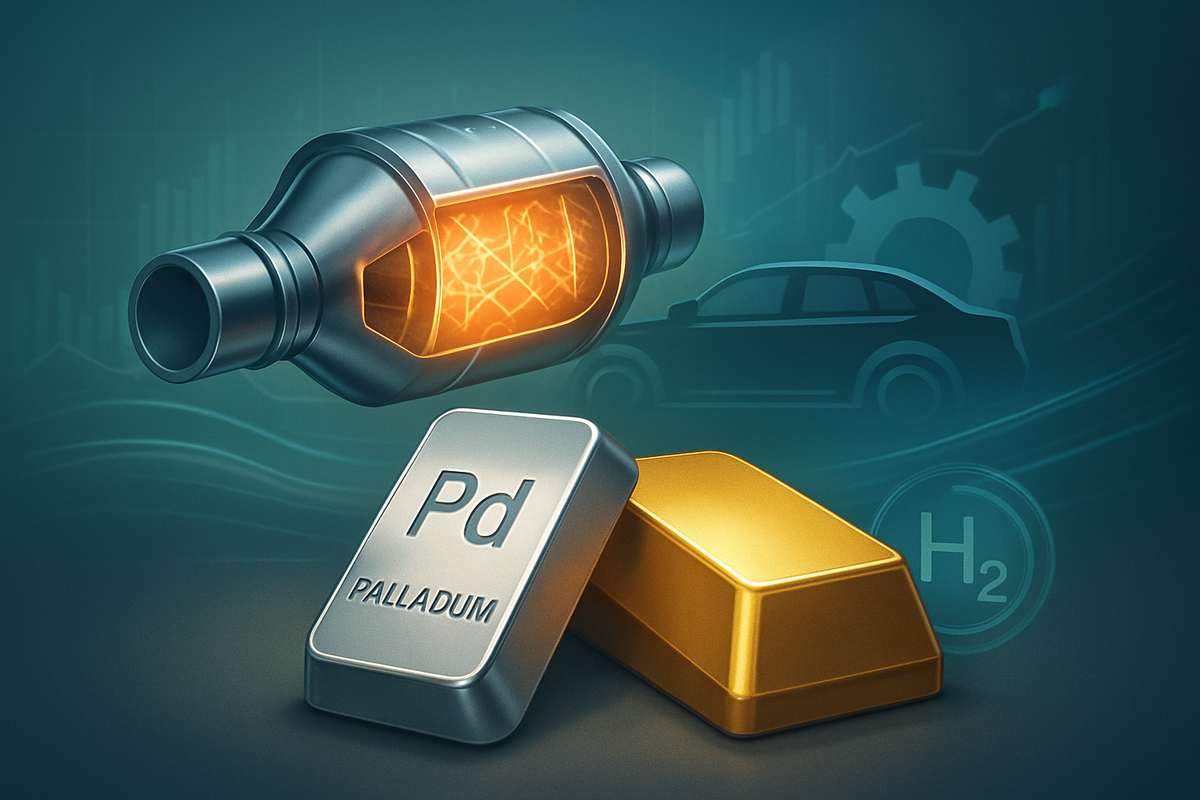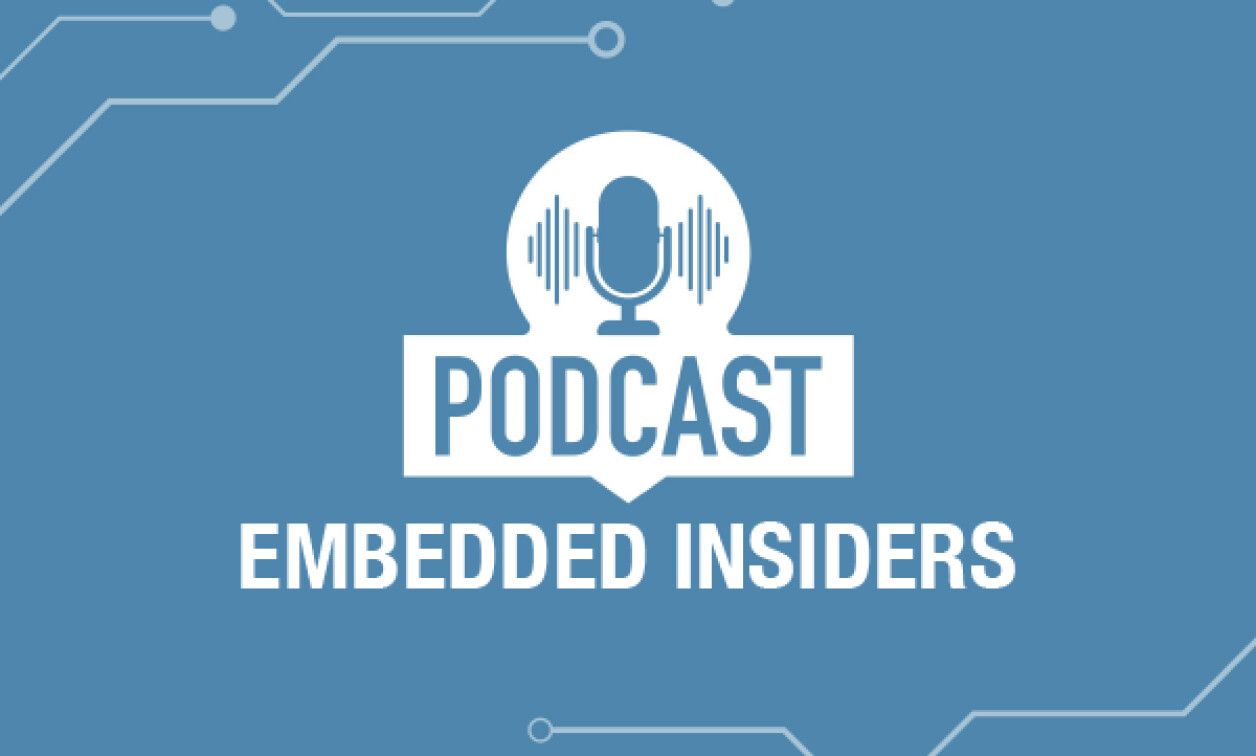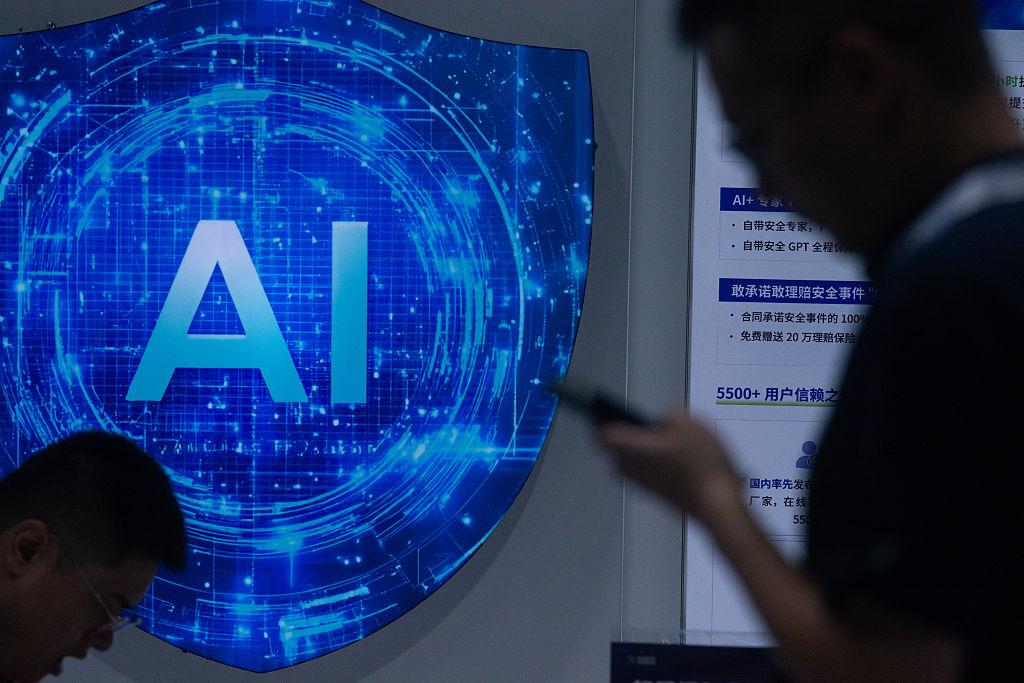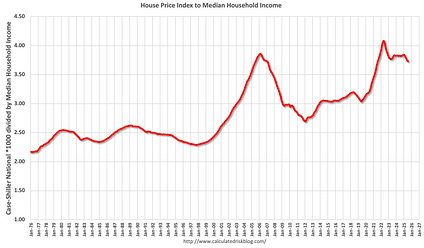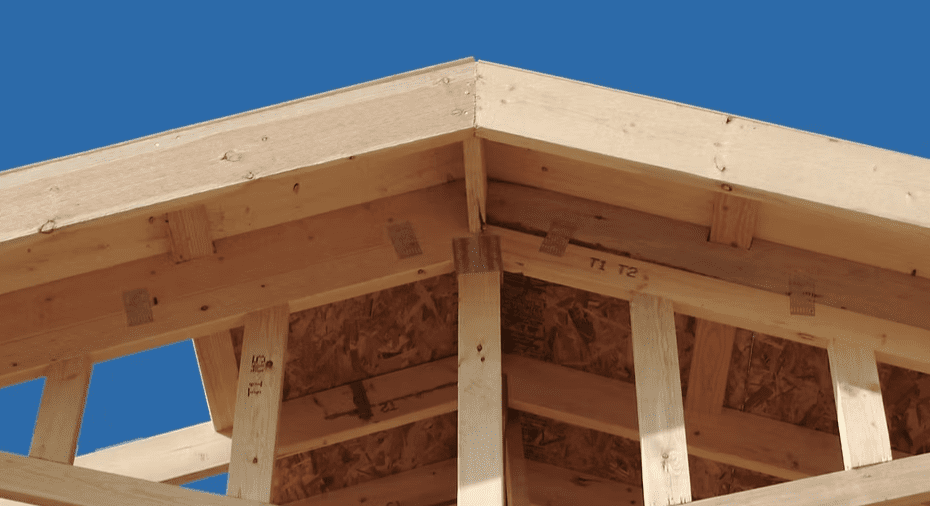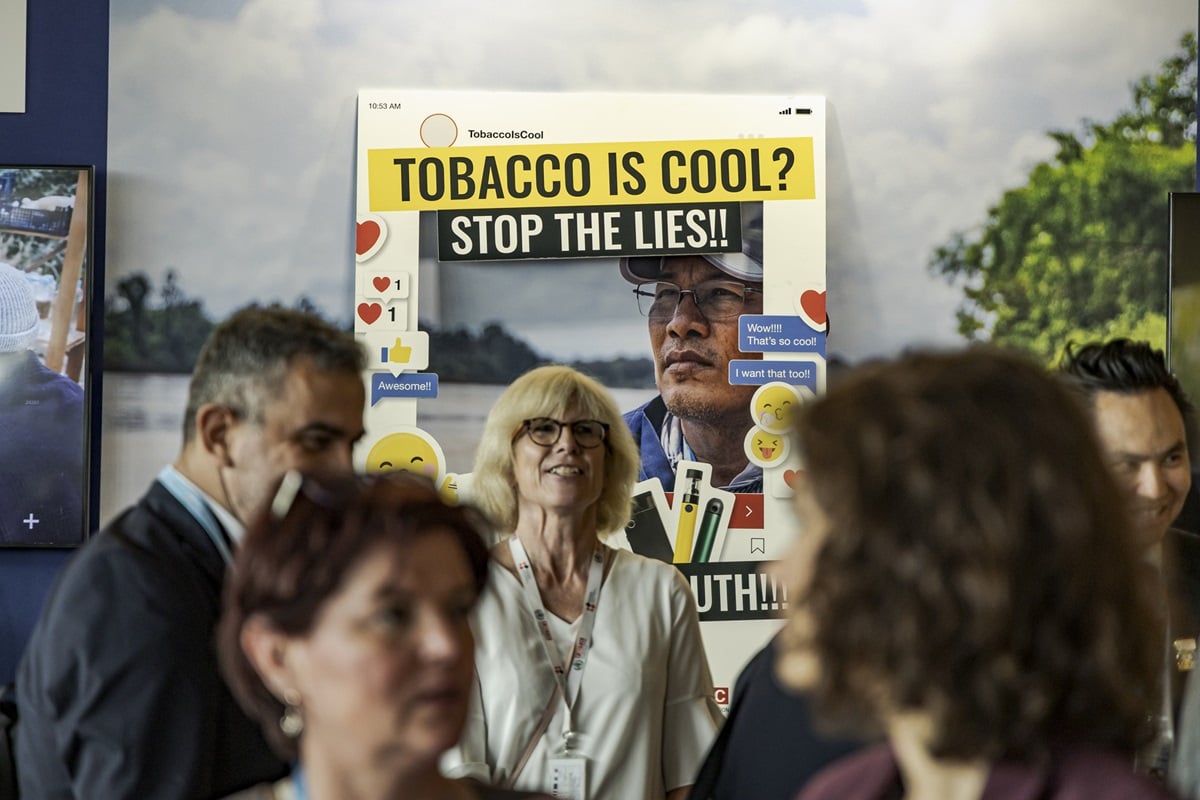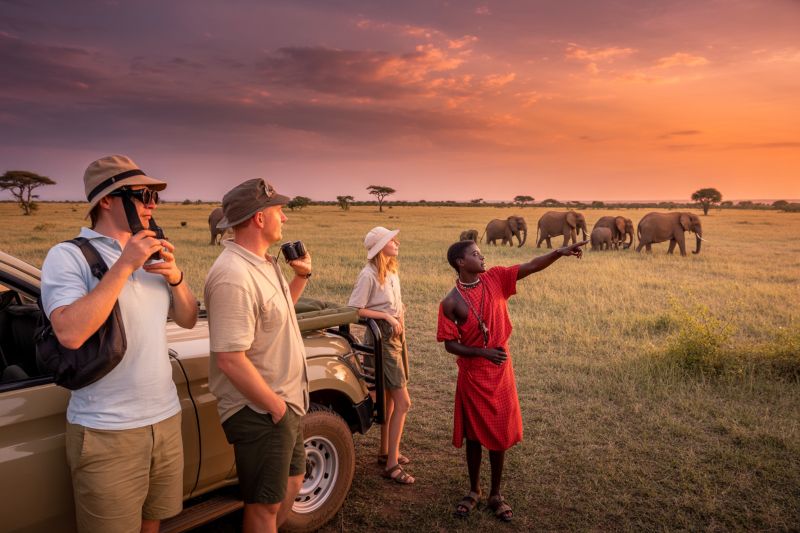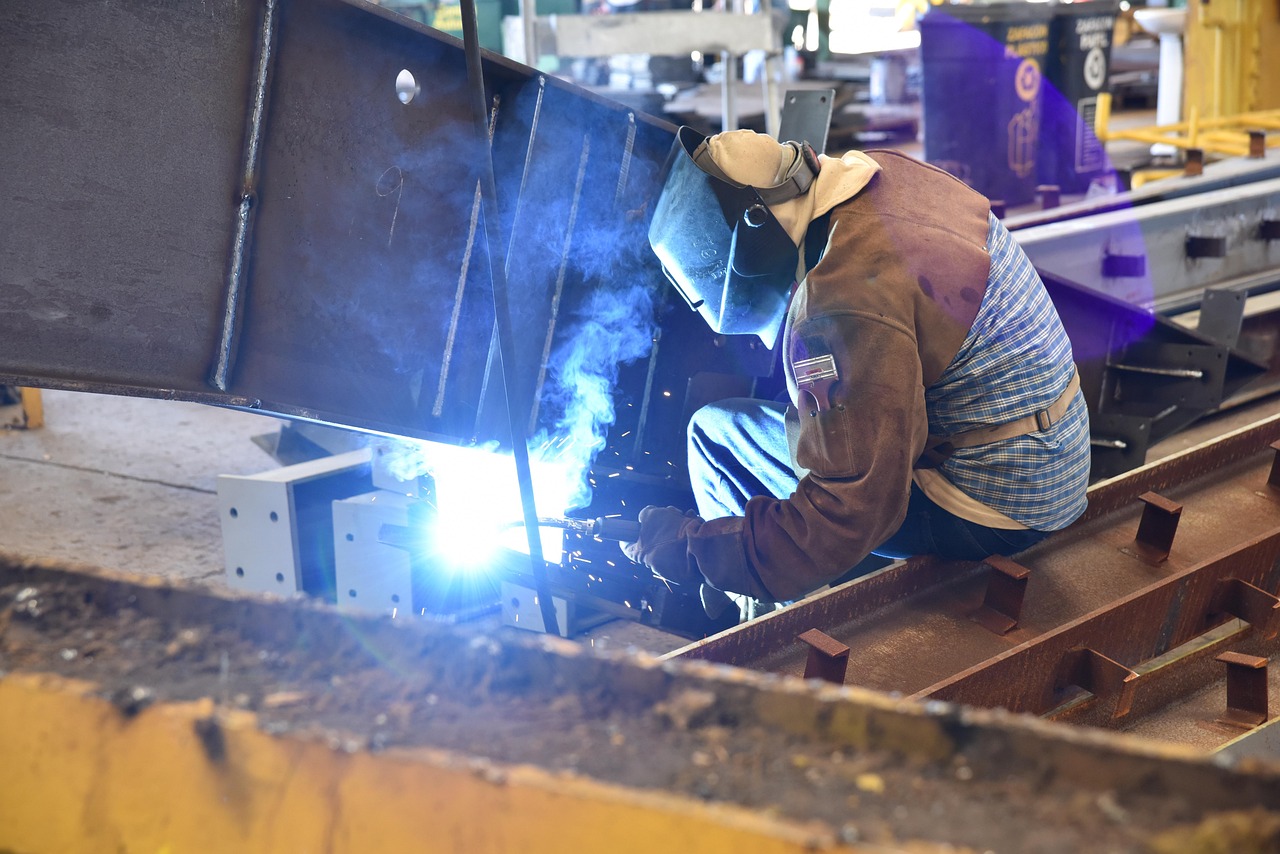Kenya Launches Fibre Project to Boost Digital Links in Horn of Africa – Extensia Ltd

Report on Kenya’s Fibre Optic Corridor Project in the Horn of Africa
Introduction: Advancing Regional Integration and Sustainable Development
The Government of Kenya, through its ICT Authority, has initiated the development of a high-capacity fibre optic cable corridor along the Isiolo-Mandera route. This strategic initiative is a core component of the Horn of Africa Gateway Development Project (HoAGDP), funded by a $750 million commitment from the World Bank. The project is designed to significantly enhance regional digital integration and directly contributes to the achievement of several Sustainable Development Goals (SDGs), particularly SDG 9 (Industry, Innovation, and Infrastructure) by building resilient infrastructure and fostering innovation.
Project Objectives and Alignment with SDGs
The HoAGDP’s comprehensive strategy targets both digital and physical infrastructure to unlock sustainable growth. Its primary objectives are intrinsically linked to the 2030 Agenda for Sustainable Development.
- Enhance Digital Connectivity: To provide reliable internet access to over 3.2 million residents in underserved communities, directly supporting SDG 10 (Reduced Inequalities) by bridging the digital divide.
- Improve Transport Infrastructure: To upgrade the 740-kilometre Isiolo-Mandera Regional Road, facilitating trade and movement, which is crucial for SDG 8 (Decent Work and Economic Growth).
- Strengthen Cross-Border Relations: To foster economic and social integration with Ethiopia and Somalia, embodying the principles of SDG 17 (Partnerships for the Goals).
- Improve Access to Services: To leverage enhanced connectivity to improve access to social services, contributing to SDG 3 (Good Health and Well-being) and SDG 4 (Quality Education).
Strategic Implementation and Key Components
The ICT Authority is employing an Early Market Engagement (EME) process to ensure a competitive and innovative procurement strategy. This collaborative approach engages suppliers and stakeholders to optimize delivery. The project’s implementation is multifaceted:
- Core Digital Infrastructure: Installation of a backbone fibre optic cable, including cross-border links to Ethiopia and Somalia. This foundational work is central to achieving SDG 9.
- Last-Mile Connectivity: Deployment of infrastructure to connect local communities, businesses, and public institutions directly to the network.
- Public Access and Services: Establishment of public WiFi hotspots in key institutions, enhancing access to information and educational resources in line with SDG 4.
- Supportive Infrastructure: Provision of essential networking equipment and the installation of sustainable power solutions, such as solar power, which aligns with SDG 7 (Affordable and Clean Energy).
- Physical Infrastructure: Construction of physical assets, including bridges over the River Dawa, to complement the digital network and facilitate robust regional trade.
Conclusion: A Catalyst for Sustainable Socio-Economic Development
The Isiolo-Mandera fibre project, as part of the broader HoAGDP, represents a significant investment in the future of the Horn of Africa. By integrating digital and transport networks, the initiative is poised to unlock substantial economic potential, improve the quality of life for millions, and create a more connected and resilient region. The project serves as a model for leveraging multi-stakeholder partnerships (SDG 17) to build inclusive and sustainable infrastructure (SDG 9), thereby reducing regional inequalities (SDG 10) and driving long-term socio-economic progress.
Analysis of Sustainable Development Goals in the Article
1. Which SDGs are addressed or connected to the issues highlighted in the article?
-
SDG 9: Industry, Innovation and Infrastructure
- The core of the article focuses on building resilient infrastructure. This includes the “high-capacity fibre optic cable corridor,” the upgrade of the “740-kilometre Isiolo-Mandera Regional Road,” and the construction of “bridges over the River Dawa.” The project’s aim to “enhance regional digital integration” and foster innovation through technology directly aligns with this goal.
-
SDG 17: Partnerships for the Goals
- The project is a multi-stakeholder partnership. It involves the Kenyan government (“ICT Authority under the Ministry of Information, Communications, and The Digital Economy”), international financial institutions (“World Bank funding” of $750 million), and regional collaboration (“discussions between Kenya and Ethiopia,” “cross-border connectivity with Ethiopia and Somalia”). This highlights the importance of partnerships for achieving sustainable development.
-
SDG 8: Decent Work and Economic Growth
- The article states the project is expected to “unlocking economic potential” and “improve access to… economic opportunities.” By facilitating the “movement of people and goods” and enabling trade, the infrastructure development aims to boost economic growth and productivity in the region.
-
SDG 10: Reduced Inequalities
- The project specifically targets “underserved communities” in Kenya’s North Eastern region. By providing over “3.2 million residents” with improved access to internet, social services, and economic opportunities, it aims to reduce the digital and economic divide between this region and others.
-
SDG 7: Affordable and Clean Energy
- The article mentions that the project includes “supportive infrastructure such as solar power.” This indicates a move towards sustainable and clean energy sources to power the new digital infrastructure, contributing to this goal.
-
SDG 3, 4, and 6 (Good Health and Well-being, Quality Education, Clean Water and Sanitation)
- The article notes that the digital and physical infrastructure will “significantly improve access to… social services” and that there are “complementary efforts in infrastructure such as roads, clean water, healthcare, and education.” This shows the project is an enabler for achieving other development goals related to human well-being.
2. What specific targets under those SDGs can be identified based on the article’s content?
-
Target 9.1: “Develop quality, reliable, sustainable and resilient infrastructure, including regional and transborder infrastructure, to support economic development and human well-being, with a focus on affordable and equitable access for all.”
- The entire project, encompassing the “fibre optic cable corridor,” the “Isiolo-Mandera Regional Road,” and “cross-border connectivity with Ethiopia and Somalia,” is a direct effort to achieve this target by building both digital and physical regional infrastructure.
-
Target 9.c: “Significantly increase access to information and communications technology and strive to provide universal and affordable access to the Internet…”
- The project’s primary goal is to “enhance digital connectivity” and “improve access to internet connectivity” for 3.2 million people through backbone fibre, “last-mile installations,” and “public WiFi for institutions.”
-
Target 17.6: “Enhance North-South, South-South and triangular regional and international cooperation on and access to science, technology and innovation…”
- The collaboration between Kenya, Ethiopia, and Somalia, supported by the World Bank, on a major technology infrastructure project (“cross-border fibre optic link”) is a clear example of regional cooperation for technology access and innovation.
-
Target 17.9: “Enhance international support for implementing effective and targeted capacity-building in developing countries…”
- The “substantial $750 million from the World Bank” provided for the Horn of Africa Gateway Development Project (HoAGDP) is a direct form of international financial support for a targeted development initiative in Kenya.
3. Are there any indicators mentioned or implied in the article that can be used to measure progress towards the identified targets?
-
Indicator for Target 9.1:
- A direct indicator is the length and standard of the road upgraded. The article specifies the “upgrade of the 740-kilometre Isiolo-Mandera Regional Road to bitumen standards.” Progress can be measured by the kilometers of road completed.
-
Indicator for Target 9.c:
- The article provides a key population metric: improving access for “over 3.2 million residents.” A direct indicator would be the proportion of this population that gains internet access. Other implied indicators include the number of “public WiFi” hotspots installed in institutions and the kilometers of “backbone fibre optic infrastructure” laid.
-
Indicator for Target 17.9:
- A direct, quantifiable indicator is mentioned: the “$750 million from the World Bank.” This represents the dollar value of financial assistance committed to the project, aligning with indicator 17.9.1 (“Dollar value of financial and technical assistance… committed to developing countries”).
-
Indicator for Target 7.1:
- An implied indicator is the number of “solar power” installations built to support the new infrastructure. This would measure the expansion of modern and clean energy services in the target region.
4. Table of SDGs, Targets, and Indicators
| SDGs | Targets | Indicators Identified in the Article |
|---|---|---|
| SDG 9: Industry, Innovation and Infrastructure | 9.1: Develop quality, reliable, sustainable and resilient infrastructure, including regional and transborder infrastructure. | – Upgrade of the 740-kilometre Isiolo-Mandera Regional Road to bitumen standards. – Construction of physical infrastructure like bridges over the River Dawa. |
| SDG 9: Industry, Innovation and Infrastructure | 9.c: Significantly increase access to information and communications technology and strive to provide universal and affordable access to the Internet. | – Improved internet access for over 3.2 million residents. – Installation of a high-capacity fibre optic cable corridor. – Provision of public WiFi for institutions. |
| SDG 17: Partnerships for the Goals | 17.6: Enhance regional and international cooperation on and access to science, technology and innovation. | – Completion of the cross-border fibre optic link between Kenya, Ethiopia, and Somalia. |
| SDG 17: Partnerships for the Goals | 17.9: Enhance international support for implementing effective and targeted capacity-building. | – $750 million in funding from the World Bank. |
| SDG 7: Affordable and Clean Energy | 7.1: Ensure universal access to affordable, reliable and modern energy services. | – Installation of supportive infrastructure such as solar power. |
| SDG 10: Reduced Inequalities | 10.2: By 2030, empower and promote the social, economic and political inclusion of all, irrespective of… location. | – Connecting underserved communities in Kenya’s North Eastern region to digital and economic opportunities. |
Source: extensia.tech

What is Your Reaction?
 Like
0
Like
0
 Dislike
0
Dislike
0
 Love
0
Love
0
 Funny
0
Funny
0
 Angry
0
Angry
0
 Sad
0
Sad
0
 Wow
0
Wow
0








